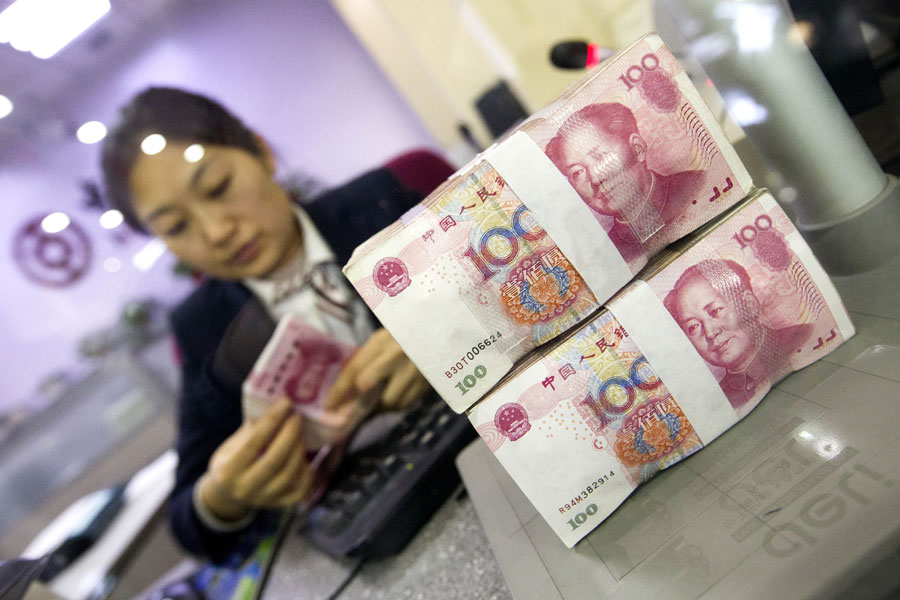Bank watchdog to help further manage risk
Nation's banking, insurance sectors have improved quality and efficiency


China's top banking and insurance regulator said on Friday it is joining hands with local governments in tackling risks faced by some regional financial institutions and the regulator will hold majority shareholders responsible if it discovers that said shareholders carried out practices such as related-party transactions or insider trading.
Once infractions of laws and regulations by majority shareholders are identified, the regulator will pursue recovery from them, and they must assume burdens commensurate with their stakes in the regional financial institutions, said Xiao Yuanqi, vice-chairman of the China Banking and Insurance Regulatory Commission.
"The overall business operations of regional financial institutions remain stable, and their risks are controllable in general. However, the differences in risk levels are fairly huge among regional financial institutions. Some face greater risks and have higher nonperforming asset ratios and a larger capital gap. Financial regulators have consistently been paying close attention to this issue," Xiao said.
"Historical problems accumulated over a long period cannot be resolved in a short time. But we are crystal clear about the risk situation and have a number of measures to handle risks," he said.
China will increase the quota of local government debt this year for the purpose of promoting local governments to issue special-purpose bonds to help small and medium-sized banks replenish capital. Domestic and international institutional investors with expertise in certain fields of finance, such as wealth management, risk-based pricing and corporate governance, are also welcome to become investors or even majority shareholders in regional financial institutions, he said.
According to the regulator, China's banking and insurance sectors have further improved their quality and efficiency in serving the real economy-the part of the economy that produces goods and services.
The CBIRC said that in the first quarter, new yuan loans reached 7.7 trillion yuan ($1.18 trillion), rising 574.1 billion yuan from a year earlier. The moderate growth of new yuan loans provided stable financial support for China's economic recovery and efforts to spur vitality of market entities.
An increasing amount of credit funds flowed into companies specializing in scientific and technological innovations, green development, micro and small businesses, individually owned businesses and new types of agricultural business entities.
Credit support
The regulator will instruct banking institutions to step up credit support for key areas including self-reliance and self-improvement in science and technology, advanced manufacturing, small businesses, rural revitalization and green development, said Liu Zhiqing, deputy director of the CBIRC's statistics, IT and risk surveillance department.
In addition, banking and insurance institutions' new investments in bonds totaled about 1.7 trillion yuan in the first quarter, giving strong support to government and corporate bond financing.
Major operational and risk indicators focused on banking and insurance remained at reasonable levels. At the end of the first quarter, the banking sector's outstanding balance of nonperforming loans was 3.6 trillion yuan, up 118.3 billion yuan from the beginning of the year. During the same period, the NPL ratio dropped by 0.02 percentage point to 1.89 percent.




































